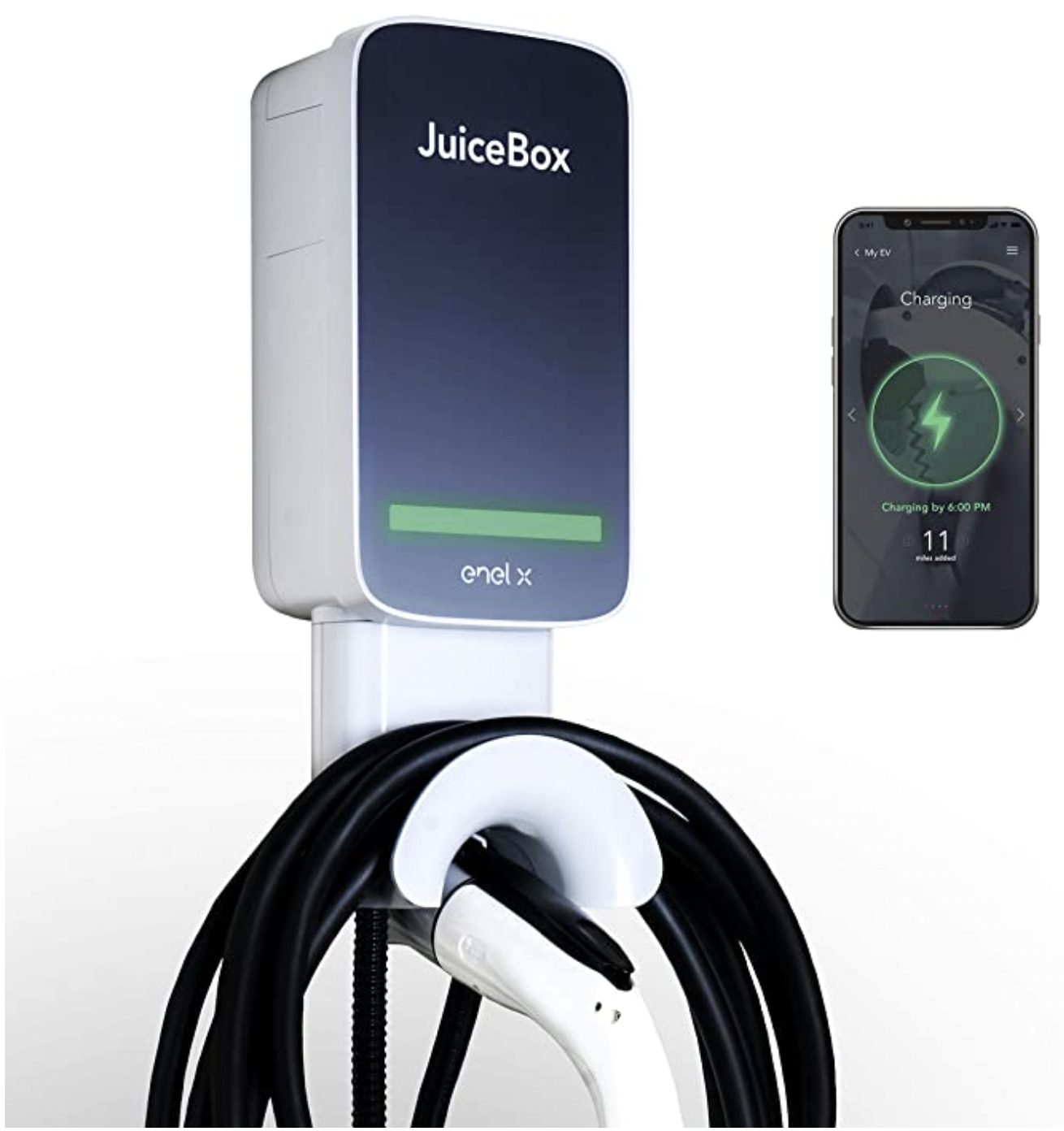Gas vs. Electric Cars — Five Rules to Go

There may be financial reasons for you to buy an EV or PHEV: The federal government gives tax credits up to $7,500 when you buy (not lease) a qualifying new electric vehicle. And some states offer additional tax incentives on top of that. Tweet
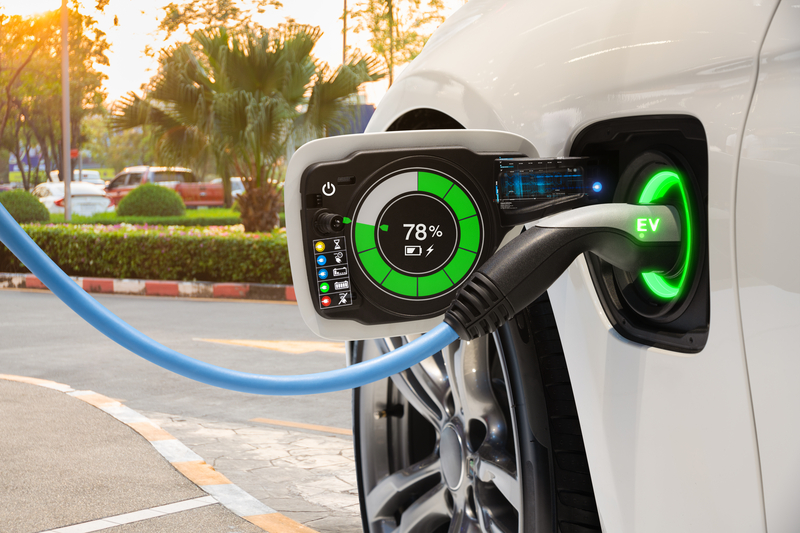
Highlights
Nothing decorates a roadside like an electric car out of juice.
Smart consumers think about the details before driving away with an e-car.
Like, "Where the hell do I plug this thing in?"
Contrary to popular belief, Elon Musk did not invent the electric car.
That happened over 125 years ago, at about the same time cars themselves were being invented.
You can read about the early days of gas-powered, steam-powered and electric cars here, in our story called “Gas vs. Electric — Circa 1895.”
But what about electric cars in 2021?
Should you get one?
Here’s my take, as a guy who has now owned four of them:
1. Understand the difference between an all-electric vehicle (EV) and a plug-in hybrid electric vehicle (or PHEV).
* An all-electric vehicle, like a Tesla, can only run off power from the battery. If you drive until the battery is depleted, you’re shit-out-of-luck, which is a small town in the middle of God-knows-where.
* A PHEV is fueled by gas or battery; not to be confused with traditional hybrids like the Prius which are gas-powered cars that can produce additional power to be stored in the battery while braking or decelerating. Since a PHEV can run on gas or battery, that means you can keep driving once the battery is depleted as long as there’s gas in the tank. Of course the big advantage here is that you can buy more gas almost everywhere, including in shit-out-of-luck, and you don’t have to wait for the battery to recharge.
A PHEV can run on gas or battery, so once the battery is dead, you can keep driving, as long as there’s gas in the tank.
2. Analyze your own needs and driving habits.
For ten years, my wife and I owned only one car. We lived in a small town, could walk almost everywhere, and generally only drove the car to go shopping or visit friends who lived outside of town. We typically drove less than 100 miles a week, and the typical local trip in the car was under thirty miles roundtrip. About once a month, we might load up the car and take a road trip.
For us, a PHEV was perfect. PHEV’s can typically go 20-50 miles on a battery charge. It costs about $1 a day to charge the battery. We almost never drove 50 miles at a time, unless we were heading out of town. But anytime we did exceed the range of the battery, the car would automatically switch to gasoline power. Of course, this made the car perfect for out of town trips, too. And for all our local driving, we probably used less than two tanks of gas a year.
Your needs might be different. For instance, you might make a 50-mile commute each way every day. In that case, you might prefer an all-electric car with a range of 150 or more miles, so you can get to work and back home on a single charge.
3. Plan ahead: Know where you will charge it.
I have a friend who loved my first PHEV, a Chevy Volt, so much that he went out and bought one for himself.
One small problem:
He lived in an apartment, and had nowhere to charge it.
That’s a bonehead move.
You don’t want to be a bonehead, too; so make sure you know where and how you will charge your new EV or PHEV before you buy it and drive it home.
Here are your most likely options:
- If you’re like my boneheaded friend, you might be able to find a free or fee-based charger near your home or work from a company like ChargePoint.
- Your electric vehicle will probably come with a charger that you can plug into a standard 110-volt electric outlet; however, the outlet must be near where you park, because you shouldn’t use an extension cord with the charger.
- For faster charging, you can install a 220-volt charger like this one as long as you have somewhere (inside your garage or outside your house) to install it:
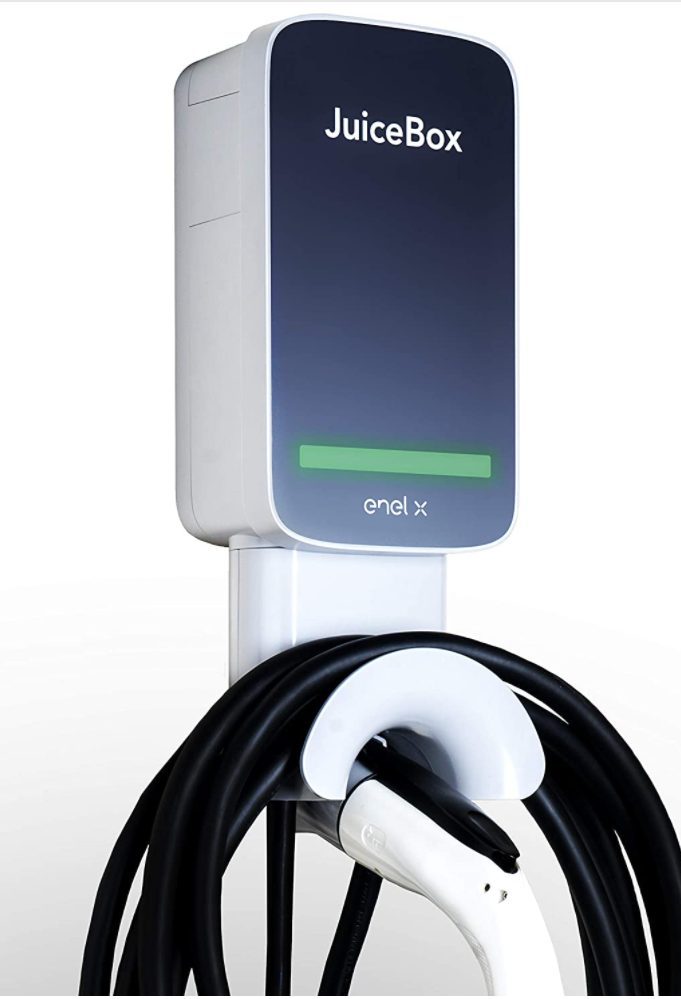
4. Talk to your accountant.
There may be financial reasons for you to buy an EV or PHEV, because the federal government gives tax credits up to $7,500 when you buy (not lease) a qualifying new electric vehicle. And some states offer additional tax incentives on top of that.
However, not all e-cars qualify for these tax incentives, the amount of the tax incentives vary based on the battery range of the cars. Also, the tax incentives end for each manufacturer when they sell a total of 200,000 qualifying electric vehicles. That means if you buy a new Tesla today, you will not qualify for any tax incentive because Tesla has already sold over 200,000 new cars.
You should also be aware that if your tax bill to the IRS is $5,000 and the tax incentive from your new electric car is $7,500, you will only get $5,000 of the possible $7,500 deduction. You can not, in other words, apply the additional $2,500 to your next year’s taxes.
If you want to know which cars offer federal tax incentives, visit the EPA’s website here.
To find out if your state offers additional incentives, go here.
5. Be patient and watch for special deals.
When it comes to buying cars, I am a cheap bastard.
Being a cheap bastard, I have figured out two things that might help you get a great deal, too.
The best place to buy an EV or PHEV is from a dealer located in a market where no one wants them. The same principle applies to all kinds of cars and trucks; for instance, I once bought a Prius at a deep discount from a dealer in Idaho who couldn’t get rid of them because all his customers wanted big 4X4 trucks; this was at the same time you’d pay over the sticker price for a Prius in markets like LA and San Francisco, where students in failing public schools think 4×4 is a difficult math problem, not a vehicle.
I bought my newest PHEV from a dealer in rural Virginia; he sold it to me at a $10,000 discount before it even arrived on his lot. That made it an easy purchase for me, since I knew I would also get a $6,587 tax rebate. It was an easy sale for the dealer, too, because he already had several of the PHEVs already sitting on his lot that he couldn’t get rid of.
Watch for crazy deals from manufacturers. I don’t know exactly why, but from time to time you can see manufacturers dumping their electric vehicles with deals that are hard to believe. For instance in December 2019, I was scrolling through stories on my phone when I saw this:
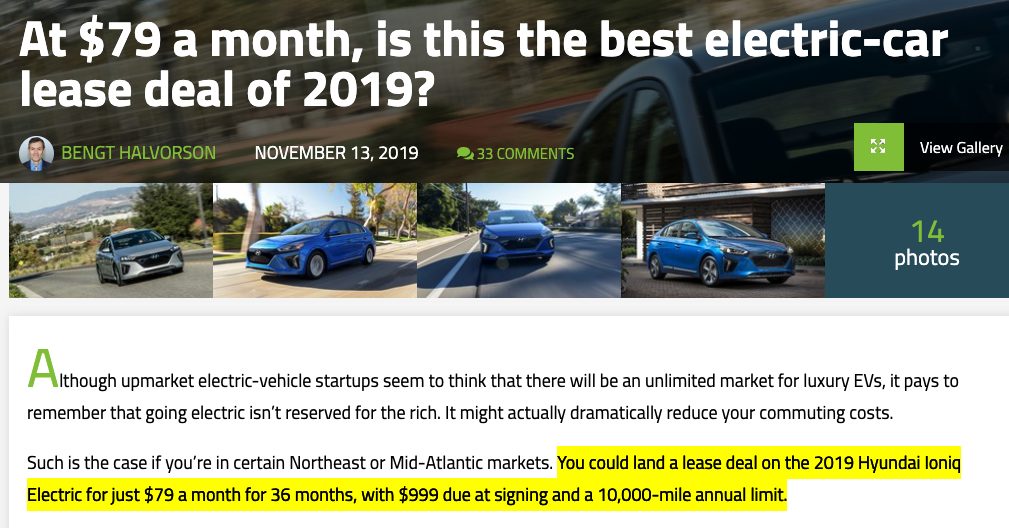
The answer to the headline is “Yes” it was the best electric car deal of 2019, and maybe of all time.
After all, if you spend $100 a month on gas (and who doesn’t spend at least that?), this would basically be a free new car for three years since you wouldn’t be buying gas any more. And if you spend a lot more than $100 per month on gas, you’d be saving money every month on this lease.
While this may have been the best deal of all time, there have been other extraordinary deals to be had.
For instance, there was this deal from Costco and Chevy in March 2021:
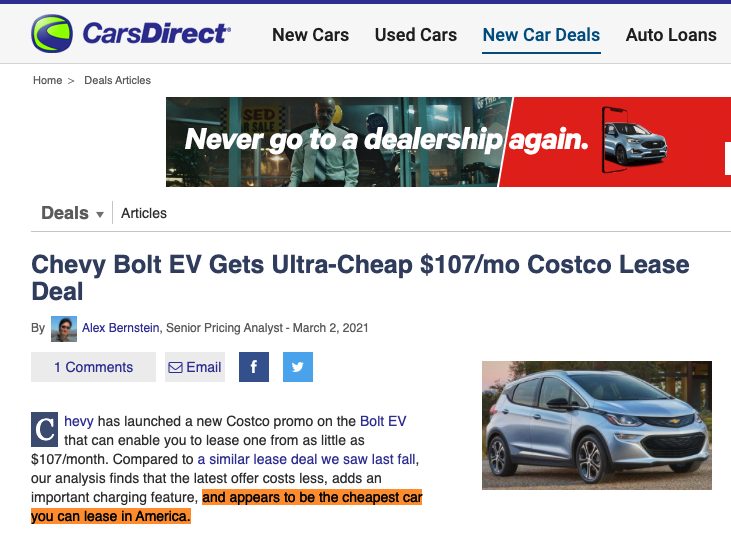
That’s a deal so good you could trade in all your horses and still ride away with a bargain.


